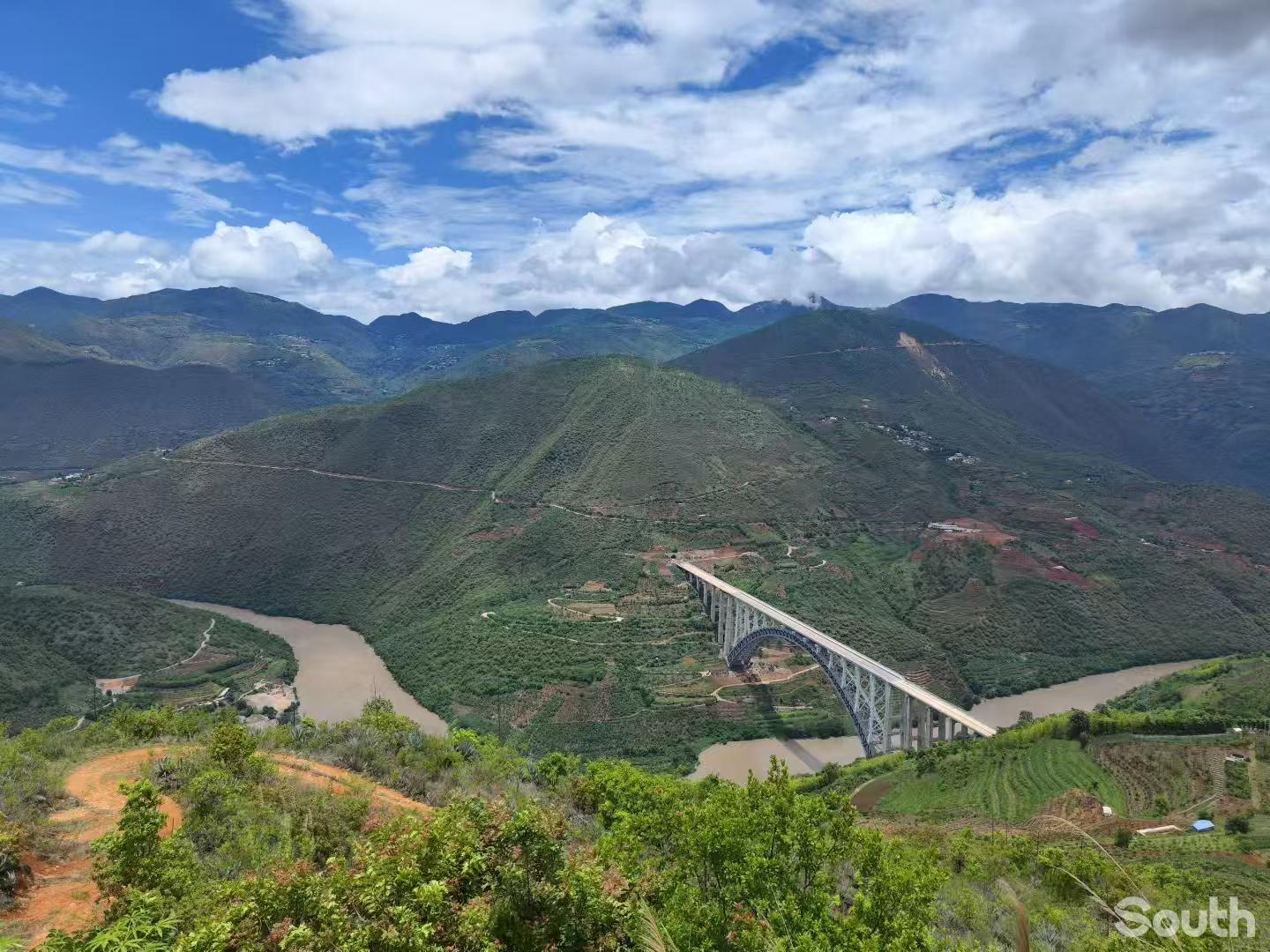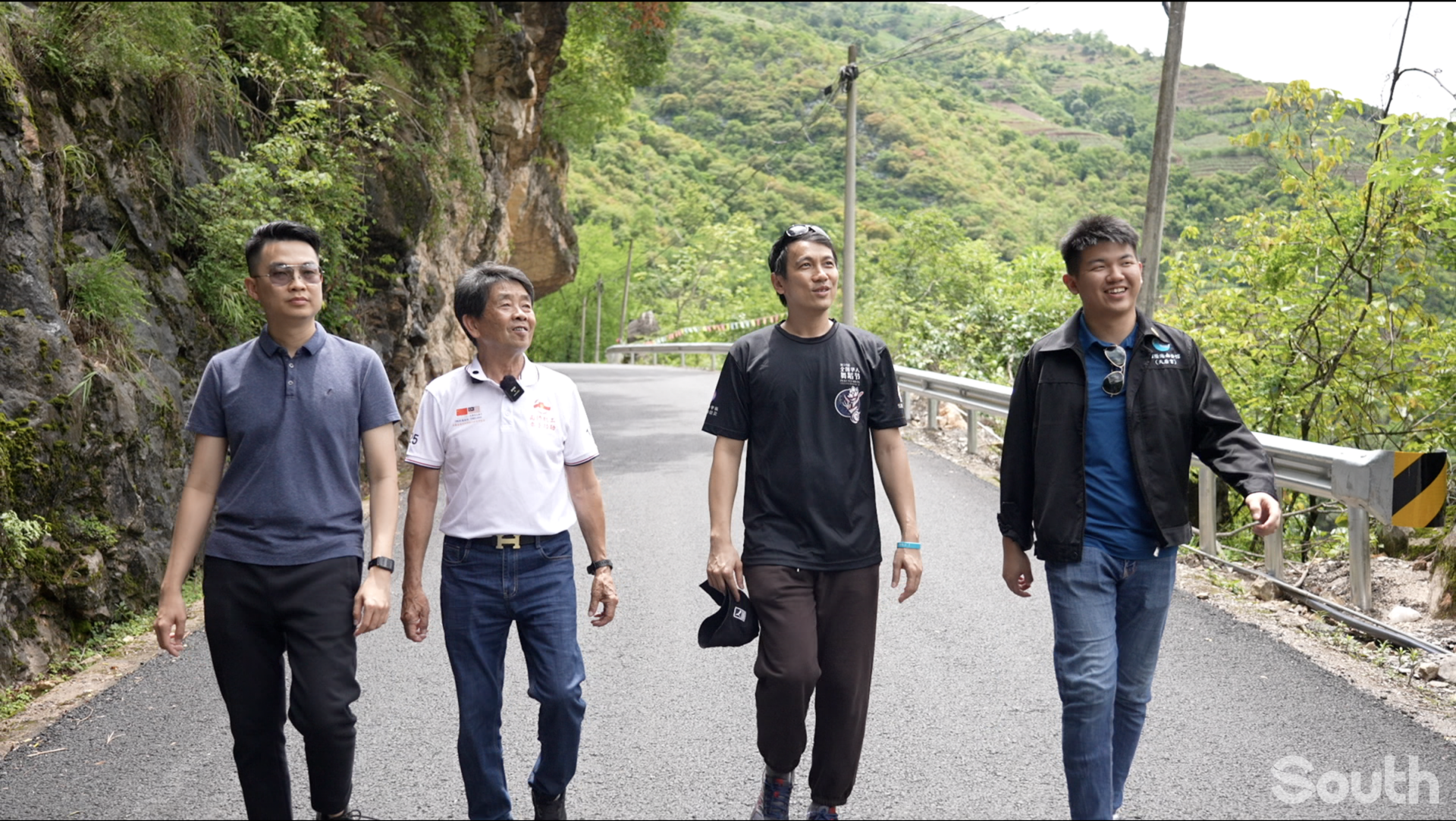Editor's note: This year marks the 80th anniversary of the victory in the Chinese People's War of Resistance Against Japanese Aggression and the World Anti-Fascist War. Amid that life-and-death struggle between justice and evil, light and darkness, freedom and enslavement, a group of heroes emerged. When the flames of war engulfed China, even across distant oceans, they poured out their savings to donate or eagerly enlisted, composing indelible chapters of history with their unwavering loyalty and devotion to the motherland. Where fascist brutality raged across mountains and seas, they fought alongside Allied nations as "Chinese": soaring through the skies in fighter planes, operating covertly behind enemy lines to relay intelligence, or saving lives amid hails of bullets on battlefields across Europe, Pacific islands, and Southeast Asian jungles. With their lives, they embodied the profound truth of a community with a shared future for mankind.
Starting today, South launches a multimedia series Brother In Arms: Overseas Chinese in the Global Struggle Against Fascism, aiming to unearth these scattered historical fragments from across the globe: from the tire tracks of Nanyang (Southeast Asia) Volunteer Drivers and Mechanics on the Burma Road (Yunnan-Burma Highway) to the fishing boats used in the Great Hong Kong Rescue; from the life-and-death crossings by Chinese pilots over the Hump route to the battles waged in the jungles of the Indochina Peninsula, Malaya, and the Philippines; from the presence of Chinese laborers amid the Normandy Landings to the mine-clearing efforts of Chinese military engineering units on the European battlefield; from the donation boxes of New York's Chinatown "One Bowl of Rice" Movement to the field diaries of Chinese doctors during the Battle of Moscow...
Eighty years on, these fragments of memory still resonate with the warmth of comradeship and humanity that transcended race and nationality. They are not merely chapters in China's resistance history but a shared heritage of humanity's fight against fascism.
This series is a tribute to all souls who gave their lives for peace. May their legacy endure.

"For the first time, my father's name has appeared on the overseas memorial monument honoring Nanyang Volunteer Drivers and Mechanics. History has not forgotten them," said Zhang Yunpeng, a descendant of a Nanyang Volunteer, his voice trembling slightly as he gently traced his father's name.

(Photo: Wu Caiqian)
On August 14, Malaysia unveiled Monument Park in honor of the Nanyang Volunteer Drivers and Mechanics and Memorial Hall in honor of the Nanyang Volunteer Drivers and Mechanics at the Kwong Tong Cemetery in Kuala Lumpur, Malaysia. Over a thousand people from around the world gathered, braving the rain to honor a shared group of heroes: the Nanyang Volunteer Drivers and Mechanics, formally known as the "Nanyang Volunteer Drivers and Mechanics Corps."
Zhang's choked words suddenly bridged 86 years.
In 1939, when Japanese forces blockaded China's coastal ports, the Burma Road became the lifeline for transporting international aid to China. Under the call of patriotic overseas Chinese leader Tan Kah Kee, over 3,200 young overseas Chinese from Malaya, Singapore, Thailand, Indonesia, and other regions returned to China to join the Chinese People's War of Resistance Against Japanese Aggression. Grasping steering wheels with oil-stained hands, they rushed to repair broken vehicles and hustled to transport military supplies. Amid crossfire, venomous insects, and wild beasts, they used their flesh and blood to uphold the "unyielding lifeline" along this "Road of Death."
Records show that from 1939 to 1942, the Burma Road carried over 5 million tons of critical strategic supplies, including machine guns, artillery shells, vehicles, gasoline, and medicines. Of these, 3,200 Nanyang Volunteer Drivers and Mechanics, more than 1,000 sacrificed heroically along the Burma Road. Those who survived either returned to Nanyang after being demobilized or stayed to help build New China.

(Photo: Su Yunhua)

(Photo: Wu Caiqian)

(Photo: Qin Shaolong)
Today, all these heroes known as the Nanyang Volunteer Drivers and Mechanics have passed away, but they have not been forgotten. Generations of descendants, following in their footsteps, are retracing the Burma Road, salvaging their historical legacy, and sharing their fathers' stories, all while building a new "Huitong Bridge" that connects the past, present, and future.
Read more from this series:
Planning | Huang Can
Coordinating | Zhao Yang, Xie Miaofeng
Execution | Wang Yongxing
Reporter | Wu Caiqian
Script | Wu Caiqian, Qin Shaolong, Deng Shengshi (intern)
Videographer | Qin Shaolong, Su Yunhua
Video Editor | Qin Shaolong
Poster | Lai Meiya, Cai Junru
Editor | Liu Lingzhi, Ou Xiaoming, He Minting (intern), James Campion, Xu Yuenai
Reported from Kuala Lumpur and Kuching, Malaysia, and Yunnan, China.
Some of the video footage was generously provided by Kwong Tong Cemetery in Kuala Lumpur, Malaysia.
Special thanks to Guangdong Provincial Federation of Returned Overseas Chinese.
















